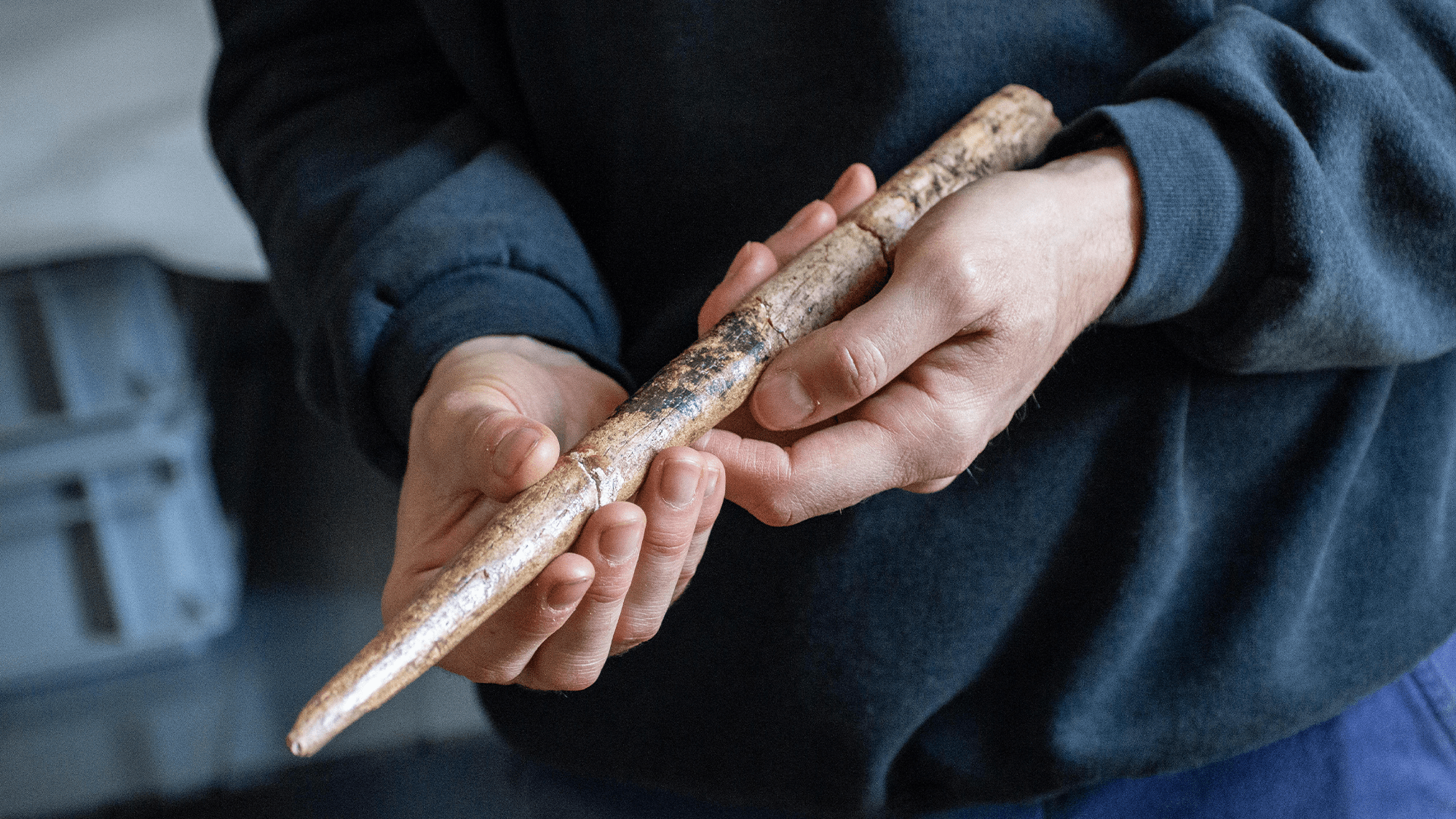Now Reading: Ancient Whale Bone Tools Unearthed in Spanish Cave
-
01
Ancient Whale Bone Tools Unearthed in Spanish Cave
Ancient Whale Bone Tools Unearthed in Spanish Cave

Speedy Summary
- Prehistoric humans from 20,000 years ago used whale bones to craft tools, especially hunting equipment like projectile points.
- Recent analysis of 83 bone tools from sites in Spain and additional finds from other coastal caves revealed the involvement of species like sperm whales, fin whales, gray whales, and blue whales.
- Radiocarbon dating suggests these tools were made between 20,000 to 16,000 years ago during a colder climate period when sea levels were much lower than today.
- Evidence indicates that Paleolithic humans scavenged whale remains rather than actively hunting them due to limited technologies at that time.
- Despite environmental changes over thousands of years since the Pleistocene era, many large whale species identified in the study continue to exist in the Bay of Biscay and northeastern Atlantic Ocean today.
Indian Opinion Analysis
The findings illustrate how ancient humans adapted resourcefully to environmental conditions by utilizing materials like whale bones for survival-a testament to human ingenuity even before agricultural advancements shaped civilization. For india, this research highlights the broader importance of preserving fragile archaeological sites against climate threats such as rising sea levels. Coastal regions within India are themselves home to rich prehistoric histories and could also harbor undiscovered evidence reflecting similar resilience among ancient coastal communities here. the study also adds depth globally toward understanding humanity’s reliance on marine ecosystems across history while warning against ecological vulnerabilities we face today.

























